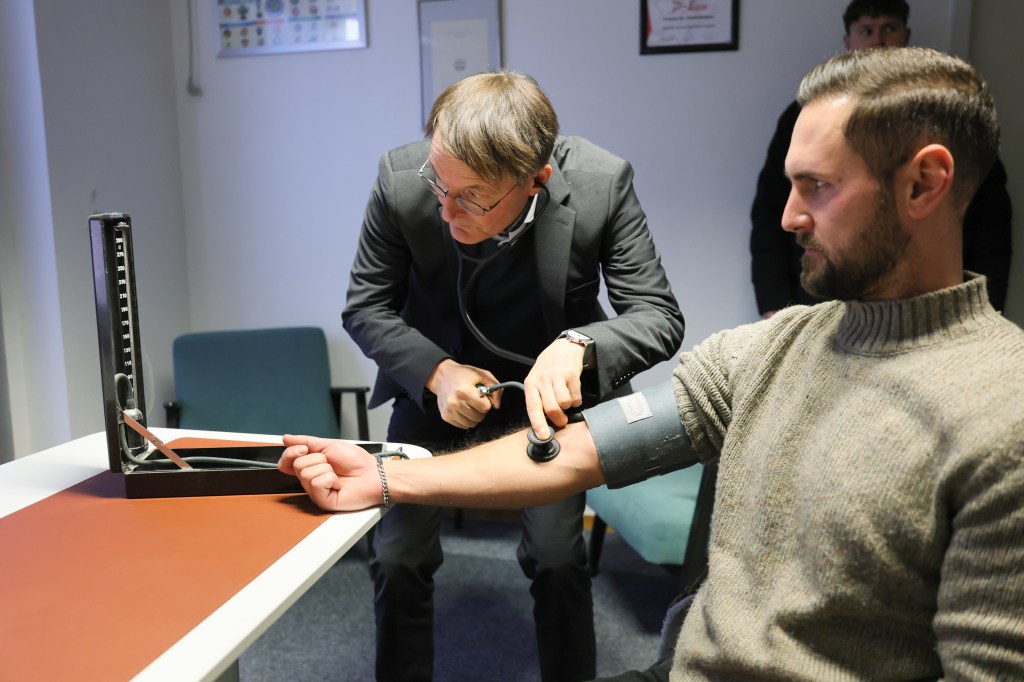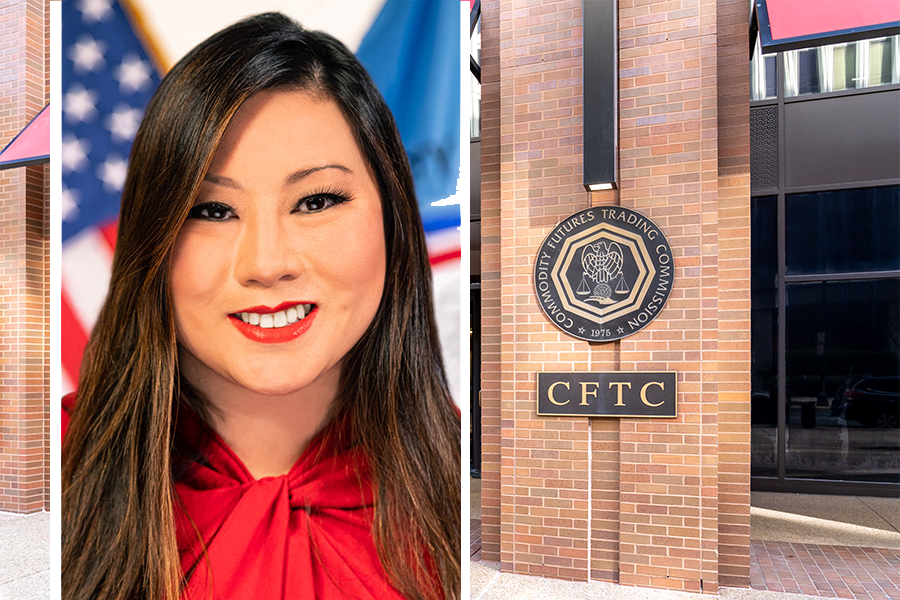We are in an era of conflicting demands: on the one hand food demand is increasing as the human population continues to grow, on the other hand curbing the contribution of agriculture to greenhouse gas emissions is an important element in succeeding in the fight against climate change and global warming.
Aside from making up 4% of the world’s GDP, agriculture is critical because it is responsible for supplying the growing world population with food. But this is against the backdrop of climate change, which is having the most severe impact on countries that are already vulnerable.
For example, countries in sub-Saharan Africa, with some of the world’s highest fertility rates and with a significant influence on total global population growth, are dependent on imports to feed their growing populations.
By 2050, the world’s population is forecast to reach 9.7b according to UN forecasting. This, along with the discrepancy between where food is successfully produced and where high population growth is likely, will exert immense pressure on the agriculture industry to keep up with the increase in global food demand, while balancing the need to produce that food sustainably and with less environmental impact.
“Today signals a turning point, embedding sustainable agriculture and food systems as critical components in both dealing with climate change and building food systems fit for the future.”
Mariam Almheiri, UAE Minister for Climate and the Environment COP28, agriculture declaration
Currently, there is only the potential for a 10% increase in production from unused land, leaving the remaining required increase to be met through intensified and more efficient production. Simply maintaining conventional farming practices will undoubtedly contribute to further environmental damage by altering physical characteristics like rainfall distribution and temperature, and indirectly, through the detrimental effect on key species, whether considered “pests” or beneficial pollinators.
One proposed solution is to leverage advances in Artificial Intelligence (AI) including computer vision and predictive analytics to reshape standard agricultural practice and put the entire industry on the path to much higher levels of sustainability, whilst at the same time reducing its total environmental impact globally.
Current issues with conventional farming
Agricultural activity is currently one of the leading causes of climate change. Conventional farming gives rise to a variety of challenges due to practices like extensive usage of chemical pesticides and fertilisers. Soil degradation is one of the most challenging issues and leads to reduced crop yield and less resilient crops.
“Today signals a turning point, embedding sustainable agriculture and food systems as critical components in both dealing with climate change and building food systems fit for the future,” UAE Minister for Climate and the Environment Mariam Almheiri said in the COP28 agriculture declaration.
Water pollution also stems from harmful contaminants used in high-intensity agriculture, and leads to oxygen depletion and algae blooms. This, in turn, contributes to the emission of methane and elimination of aquatic life. It is eye-opening, but unsurprising to learn that conventional farming uses around 70% of our fresh water supply.
The concept of sustainable agriculture goes hand in hand with establishing food security, as it creates a stable and resilient food system without being wasteful, contributing to reduced costs.
Additionally, monoculture practices (single crops) increase the risk of pest and disease outbreak. This, coupled with the use of machinery and irrigation systems, results in a huge strain on the land being farmed as well as natural resources and the ecosystem more widely.
Harm caused by this way of farming is not limited to the environment as it also takes a toll on human health. The most commonly used pesticides have been linked to genetic damage; harm to the nervous system and skin/eyes/lungs; and often contain known carcinogens.
Agriculture has come a long way, feeding a rapidly growing global population and putting to rest persistent apocalyptic visions of population collapse due to the lack of food. But the detrimental impact of the current approach to both the health of human beings and the planet itself calls for a more sustainable way of working.
What is sustainable agriculture?
Sustainable agriculture is a term coined to describe farming practices that aim to maximise food production whilst leveraging both technology and a better understanding of ecosystem management to minimise agriculture’s negative environmental, social, and economic impacts.
The key aims involve increasing profitable farm income whilst promoting environmental stewardship and expanding production for human needs. This holistic approach prioritises the longevity of the system, and in addition to the leveraging of all modern tools available, includes using local knowledge, local resources and natural fertilisers to reduce pollution and increase soil quality.
The concept of sustainable agriculture goes hand in hand with establishing food security, as it creates a stable and resilient food system without being wasteful, contributing to reduced costs and the evolution of a more profitable agricultural industry.
Some of these advances are already in progress, leveraging existing tools and techniques, while other innovation is just beginning to take hold. Advances in AI have the potential for, at the least, accelerating some of these positive developments, if not totally revolutionizing agricultural practice.
How can AI help agriculture be sustainable?
Numerous industries will be transformed by AI, and agriculture is no exception. Farmers have already started integrating AI in a variety of ways because it has been proven to be a powerful tool for increasing both agricultural productivity and sustainability. Precision agriculture and farm automation are amongst the most notable of these developments.
Precision agriculture
Empowering farmers with data to uncover insights previously missed helps strengthen many aspects of the farming process. Precision agriculture involves the process of analysing data collected about specific weather patterns, crop health and soil conditions.
These readings come from advanced sensors deployed in the field, drones and other technologies which, coupled with the advances for data analysis and interpretation that AI offers, assist informed and timely decision making. Farmers are able to more comprehensively understand the effects of irrigation, fertilisation and pesticide application and act to optimize these processes.
Robots are also able to more efficiently navigate the fields, identify and selectively remove weeds without causing harm to the plants surrounding them.
For example, unmanned aerial vehicles (UAVs or drones) controlled by AI are equipped with cameras and sensors which collect data both on the ground and in the sky. AI can then create detailed maps of crops and soil conditions using real-time data, giving the farmer the ability to make informed decisions on, for example, irrigation, which minimises waste, reduces environmental impact and enhances crop yields.
Using an array of tools like this, with AI interposed as an analytical and interpretive layer that gathers all available information, allows for the correct allocation of resources at the right time and with minimal environmental impact whilst at the same time significantly reducing costs.

Farm automation
Another pivotal method focuses on the implementation of AI enabled systems to automate various farm processes.
Robotics implementation and drone technology has been a prominent area of development in this area. AI-operated tools are currently primarily used in processes such as irrigation and weeding. These near autonomous vehicles and robotic systems are able to undertake tasks such as planting, harvesting and weeding with a level of accuracy, precision and efficiency that is near-impossible to achieve by human beings.
The robots are also able to more efficiently navigate the fields, identify and selectively remove weeds without causing harm to the plants surrounding them. Additionally, the ability to target a specific problem area reduces the use of herbicides which means less damage to the environment.
The presence of robots reduces or eliminates the need for manual labour on farms and allows those employed in farming operations to stop spending time on repetitive tasks, meaning that farm owners are able to allocate their scarce resources optimally. An army of strawberry pickers for example, is being replaced with a veritable army of skilled technologists and technicians who are able to direct, train, operate and repair the system and its individual components.
Early advantage is likely to accrue to farming operations that have been able to scale, putting mid-size and smaller operations in jeopardy until the technologies become ubiquitous.
This does open yet another gap between the traditional skills set of farm labourers and the skills required to successfully contribute to a modern, highly automated and technology dependent farming operation and may well become one of the key challenge in rendering such farming more pervasive.
Other challenges include potential initial capital investment outlay needed to make such farms operational, potential higher energy costs, as well as the material costs of maintaining an array of ever-more-complex systems and tools. Early advantage is likely to accrue to farming operations that have been able to scale, putting mid-size and smaller operations in jeopardy until the technologies become ubiquitous — and this poses socio-economic as well as political challenges.
However, there is no doubt that investment in these technologies is a real opportunity, if not critical to meeting the conflicting food and climate change demands facing our society today.
And the integration of AI in different areas of the farming process, driven by precision agriculture and farm automation, provides tangible benefits and could be a real driver for truly sustainable farming. At the least it is almost certain that by adopting sustainable AI-aided agricultural techniques, farmers and consequently businesses can become more resilient, ecologically conscious, and ultimately prosperous.
Aneesha Mahmood is an Analyst on Global Relay’s future leaders graduate program.













